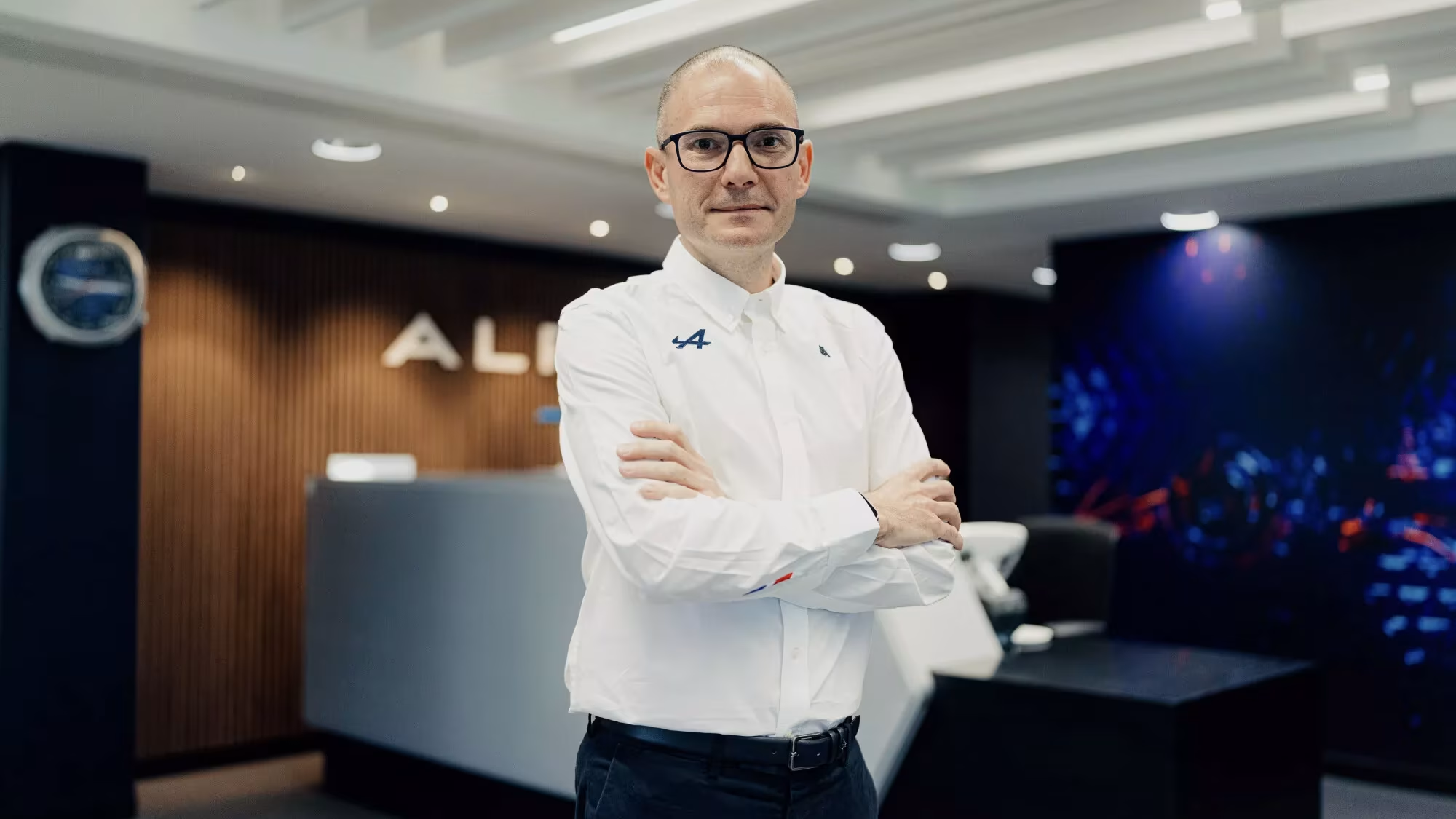Williams F1 is on a mission to repair Alexander Albon’s damaged chassis in time for the Japanese Grand Prix. The team is working tirelessly to ensure their driver can compete in the upcoming race, despite the significant damage sustained during practice in Melbourne.
Between the lines
- Williams’ Alexander Albon suffered a major crash in Melbourne, resulting in a severely damaged chassis.
- The team is foregoing a spare chassis to focus on repairing Albon’s car for the Japanese Grand Prix.
- James Vowles, Williams Team Principal, confirms intense efforts are underway to get the chassis to Suzuka.
- Non-destructive testing (NDT) techniques played a crucial role in assessing the damage and facilitating repairs.
- Williams faces the challenge of competing without a spare chassis, adding pressure for a careful race in Japan.
Go deeper
During the initial practice session in Melbourne, Albon’s Williams FW46 took a beating after a spin at Turn 6. The team’s analysis revealed the chassis was beyond simple repair, leading to a strategic withdrawal of their reserve driver, Logan Sargeant, to prioritize Albon’s race potential. Despite high-profile retirements in Melbourne, Albon couldn’t break into the points, finishing 11th.
The race against time began with the damaged chassis being shipped back to the team’s base in Grove. Engineers, armed with detailed images from the crash site, dove into the repair work. Vowles highlighted the importance of the early return of the chassis and the immediate commencement of repairs, emphasizing the team’s readiness for Suzuka.
The situation is far from ideal, as Williams initially planned to have three chassis ready from the season’s start. Delays have pushed this goal back, and the intense labor required to construct a spare means Williams will enter the Japanese Grand Prix without one. The team’s drivers will need to exercise caution to avoid a repeat of the Australian mishap.
In terms of racecar dynamics, the center of gravity (CoG) is crucial. F1 car designers strive to lower the CoG by positioning heavy components closer to the ground. The driver’s seating position is also optimized for this purpose, with drivers in a reclined position to reduce frontal area and improve aerodynamics. Today’s F1 cars have the driver’s feet only slightly lower than their chin, with the buttocks just above the ground level, a posture that is standardized across teams due to strict regulations.
The driver’s seat is custom-made for comfort and safety, crafted from carbon fiber and sometimes lined with materials like Alcantara for additional comfort. The five-point seatbelt system, mandated by FIA regulations, ensures the driver’s security during high-speed maneuvers and in the event of a crash.
In summary, Williams’ dedication to getting Albon’s car race-ready for Japan is a testament to the team’s commitment and the high-stakes nature of F1 racing. With no spare chassis, the pressure is on for both Albon and Sargeant to deliver a cautious yet competitive performance at Suzuka.





